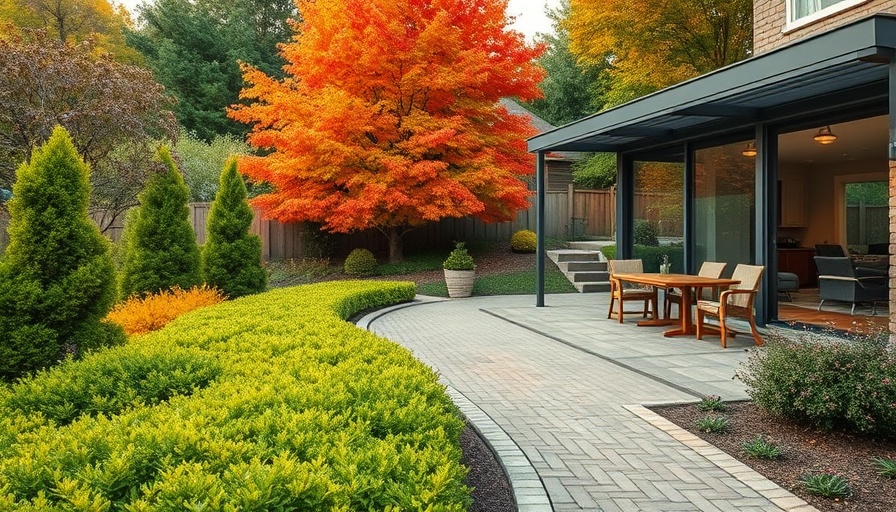
Transforming Your Patio with Outdoor Plants
When you think of upgrading your outdoor space, envision vibrant colors, delightful fragrances, and a welcoming atmosphere. Beautiful outdoor plants can achieve just that. Your patio, as an extension of your home, can be made into a sensory delight that reflects your style and personal taste. Here are some top contenders to consider for your outdoor sanctuary, tailored to enhance aesthetics while thriving in patio conditions.
Lavender: The Classic Mediterranean Choice
Lavender (Lavandula) is a perennial favorite for outdoor patios. Its stunning purple blooms don’t just add color; they provide an aromatic experience that can soothe the senses. Often best placed in large, well-drained ceramic planters, this Mediterranean native truly shines in sunny spaces.
To style with lavender, think about:
- Creating a modern Mediterranean vibe by pairing it with rustic decor like stone fillers and white gravel.
- Positioning it near seating areas to enhance relaxation and ambiance during summer evenings.
- Using planters that allow for ample growth space—aim for at least 8-10 inches in diameter!
Additionally, lavender loves sunlight—requirement: a minimum of 6 hours daily. Pruning after blooming and keeping its soil dry will ensure it thrives!
Maples: Adding Elegance and Structure
Japanese maples are not only revered for their beauty but also for their ability to frame patio entrances with grace. With their intricate designs and stunning foliage, these trees bring a polished look to any outdoor setting. Consider varying colors: from deep reds to delicate greens, each maple variety adds a unique charm that invites curiosity.
Ideal for partially shaded areas, maples can provide a respite from the sun while allowing dappled light to filter through, creating a calming environment. They should be positioned in larger pots to allow for root growth, typically thriving in well-draining soil that maintains a bit of moisture.
Caladiums: A Vibrant Splash of Color
If your patio has shaded areas, caladiums with their heart-shaped leaves in vivid colors are the perfect addition. These flexible plants thrive in decorative containers and can add artistic bursts of color to otherwise dull corners. They prefer well-drained soil and partial shade, making them versatile for varying sunlight conditions.
Mixing different caladium varieties can create a striking visual impact. Overhead, they can offer canopies of greens and pinks, enhancing the overall atmosphere of relaxation on your patio.
Engaging Your Senses: Combining Plants
Combine these beautiful plants for a stunning sensory experience! Picture this: a little lavender to provide fragrance, a talented maple as a stunning visual centerpiece, and vibrant caladiums to contrast in color and texture. It’s about layering—using dimensions and colors to create an immersive environment.
Why is this important? Layered plantings not only enhance aesthetic appeal but can also attract beneficial insects, create microclimates, and contribute to a balanced ecosystem in your garden.
Maintenance Matters: Keeping Your Plants Thriving
Maintaining your beautiful outdoor plants means understanding their specific needs. Here’s a quick rundown:
- Lavender: Ensure good drainage, prune post-bloom, and keep soil dry.
- Maples: Regular watering is essential, but keep their roots out of standing water.
- Caladiums: Keep them in lightly shaded areas and ensure to water them adequately for vibrant growth.
By understanding these requirements, you set up your plants for success, ensuring they thrive through the seasons.
Final Thoughts: Why Your Patio Deserves This Upgrade
Transforming a patio with beautiful outdoor plants is more than just an aesthetic choice; it’s about creating an inviting space for relaxation and entertainment. Whether you prefer the sensory depth of lavender, the elegance of maples, or the vibrant cheer of caladiums, each plant offers something unique.
Now is the time to reimagine your outdoor space and infuse it with life and vibrancy. Embark on your patio project today!
 Add Row
Add Row  Add
Add 




Write A Comment